Cospia
"If you listen and breathe, you might hear them. In the sunrise birdsong. In the rain. In the songs of whispers and shadows."
--Followers of the Caixa Leshirix.
Cospia has known many attempts at a king, yet it will not be governed by man, not again. The sins of the Astral Deacons of Caesia Thiir, long ago, still carve decay into the woods, cleansed only through active effort by the Ecclestithurgy and Synod of the civilizations that have managed to push back enough of the woods to make a home. Spirit-gods known as Caixa enable this, an animist religion in which all things have spirits and memories of tales told, gathering around figures which can be rejected or worshipped at a city-wide scale. Navigating these spirits is a delicate balance that must be done in order to not befall the same fate as Caesia Thiir, or a number of ruins overcome with either crippling decay or beastial overgrowth.
Cospia itself is a colloquial name for the landmass that begins at the Sea of Coin and the Cospian Gate, going as far east as the Light's End Mountains and the Rift of the Uncrowned, and as far south as one can travel before the spirits consume them. The true extent of the world is not known, through the shamans of Cathein claim knowledge of its infinite limits greater than other newer civilizations.
Caesia Thiir, the precursors in this land, were eradicated in a primal apocalypse, said to be brought down by the druids of the land before the Astral Deacons might attempt something so profane that even the world would die before it allows such a deed. The following millennia harbored no meaningful civilization, the spirits and the extensions of their will in the beasts and natural world would suffer no walls, no cities, no mortals.
Yet, even the darkest curse will fade... and it did, in -100 BBE, leading to slow growth and the first real civilizations with stable roots in 350 AB onward.
There are three predominant cultures in Cospia, that of the descendants of the Erini colony of Alcorion known as the Cervan (spanish), that of the culture that stemmed from the kingdom of High Cospia that spread across the land until its own self-inflicted demise (german), and that of the primordial shamans that existed in this land unchanging through all of history, in Cathein and the southern limits of the world (celtic/gaulic). High Cospia (371 - 408 AB) gives the Cospians their culture of spirit-worship, but also their aptitude for spiritualism and their fondness for castles and kings and great bastions against the night. This short-lived civilization had no great technologies, comparatively barbaric to the modern day. They spread at the end of the druidic apocalypse, revering spirits above all and serving the wills of each and every one. However, such desire to appease and empower every spirit in order to not earn the wrath of any would prove to be their downfall, for by empowering all spirits, even those dark, they strengthened that which sought only to harm. Holstadt was taken by living waves, and High Cospia was no more, with any successors immediately in-fighting or losing contact. Other civilizations rose, such as the Deliverance of Kharn, and many then also fell, such as the New Kingdom of Cospia and the Cervantia-Cospian Consortium. Such is the fate of those in Cospia.
In the Deliverance of Kharn, necromancy is not only encouraged, it is mandated. Post-mortem service is required in order to make way for the living, to build and guard and die again for the greater whole. In the Celestial Kingdom of Zemunstar, the arcane art of Astromancy is studied, the reading of spiritual and astral portents in order to control and weave the threads of arcane magic without delving so deep as to anger said spirits. They are eternally at war with the land, having stolen enough secrets of Caesia Thiir as to anger the Woods That Weep, and other spiritual forces, but not so many as to earn their own apocalypse. In the Neuabrenn Inquisition, the holy flame meets a holy war, purging those guilty of dark pacts and occult traditions, as well as those who might protect them. However, the blade of Avodir, the Grim Archon, does not discriminate, and in the hands of the Inquisition, cares little for collateral damage. In the Augur Heimarchy, entirely different civilizations have coalesced in the Crown Assembly, allying to fight skin-walkers and maintaining their alliance of entirely different civilizations without fully merging. Though a judicial and organizational nightmare, the differing cultures of independant armies, religions, legislation, and authority have found a new coalition that just might form a middle ground between the threats of mortal in-fighting and outside terrors. In the Mesa del Sangre-mar, red rust hills turn to shattered badlands, remnants of the Avernal children and demons that earned an exile from even the two bloody civilizations in the north long ago. Though now much less millitant, demonic, and organized, the Red Mesa is certainly not a place one treads if they desire to live long... unless they can breath the rust-filled air without filtration. Last of the major regions is the Embered Greatwood and Living Grove, where dense forest thicket harbors living trees that themselves serve a darker god... and if one treads deeper, the woods of ash and stone that hold a peculiar flame. A flame that burns death itself, and rises again.
Themes:
Dark fairy tale, spiritualism, shamanism, twilight. Aesthetics:
Brother's Grim, dark german fables, celtic traditions, overgrown history.
Dark fairy tale, spiritualism, shamanism, twilight. Aesthetics:
Brother's Grim, dark german fables, celtic traditions, overgrown history.

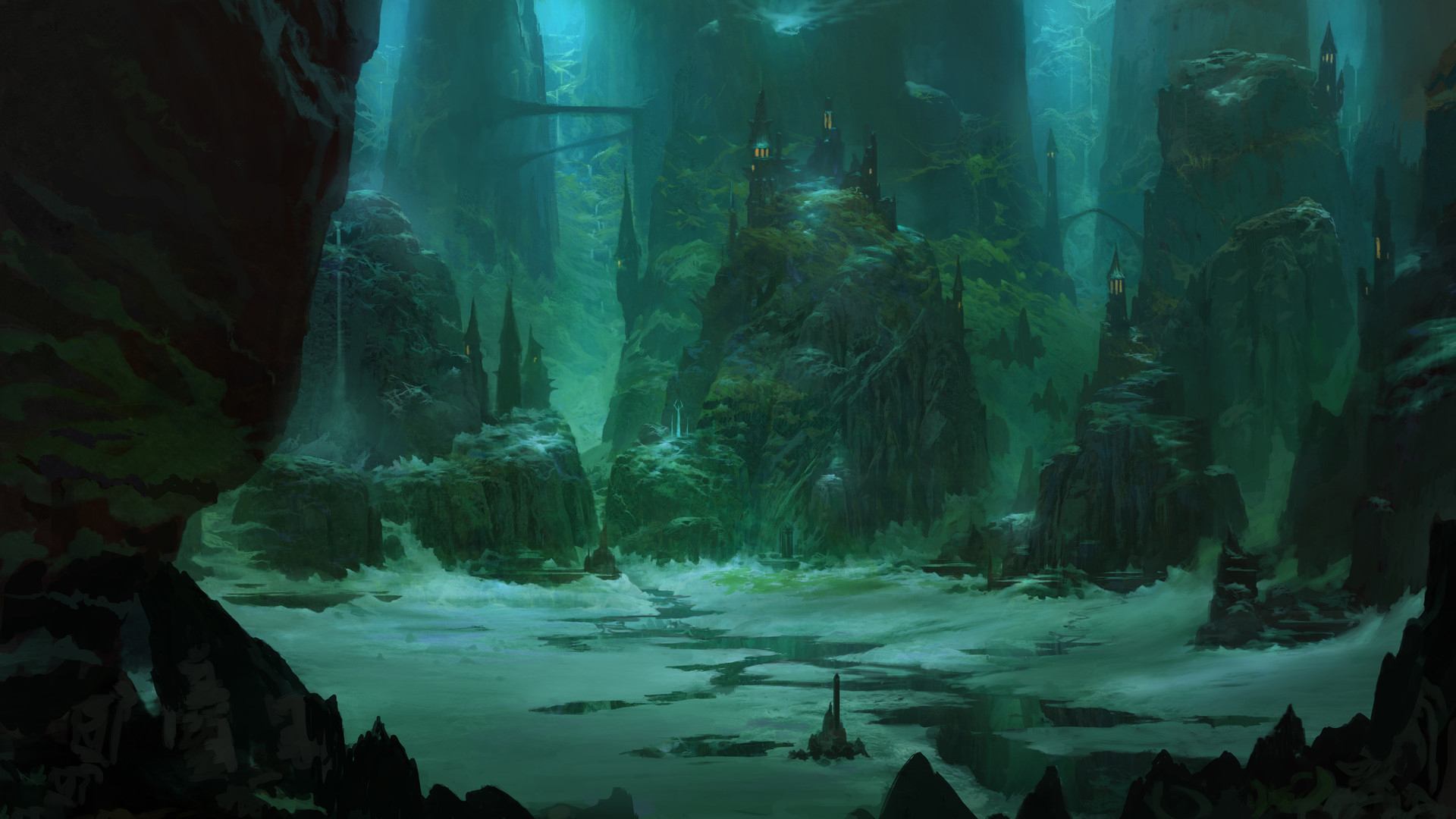
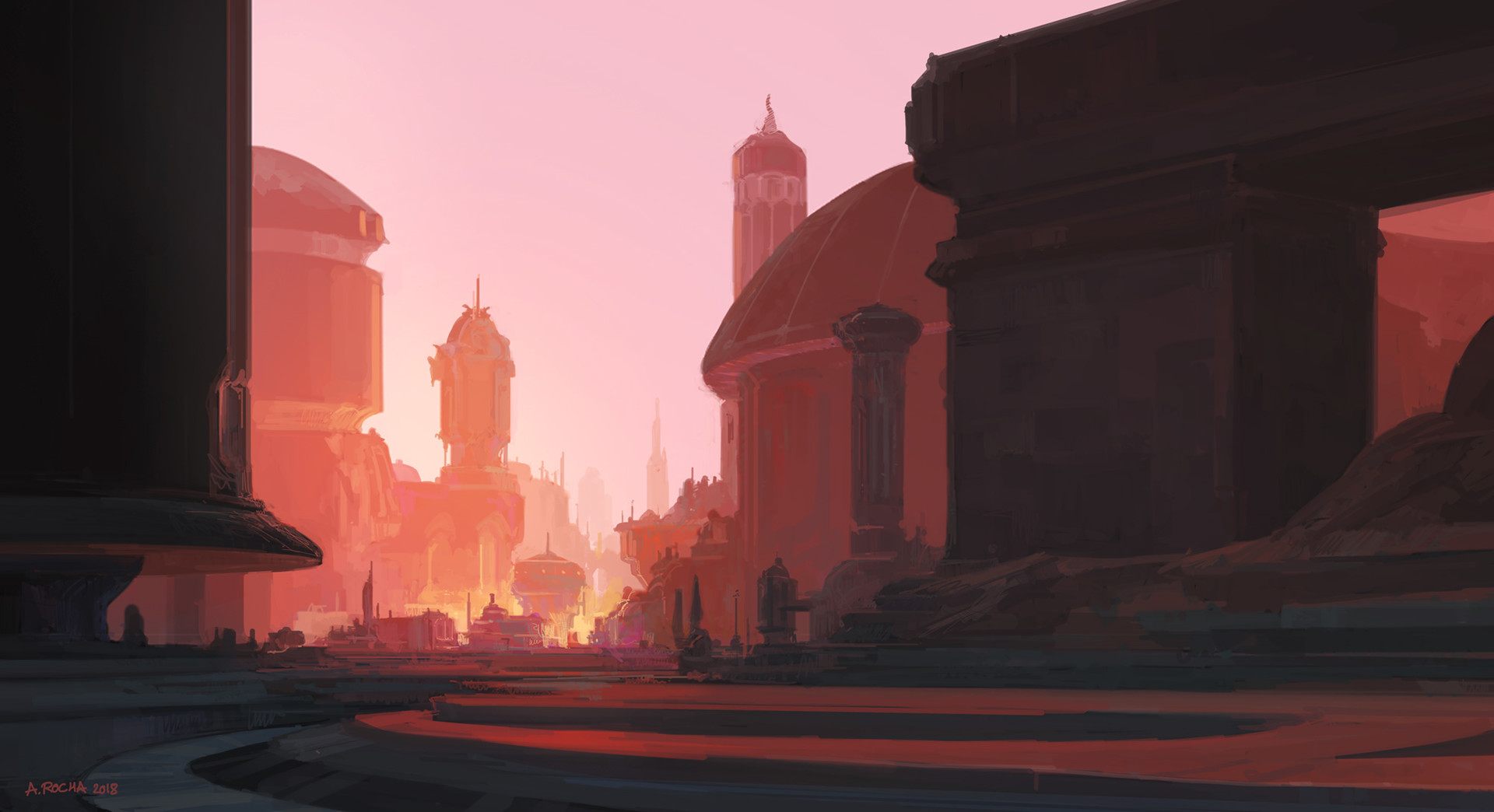
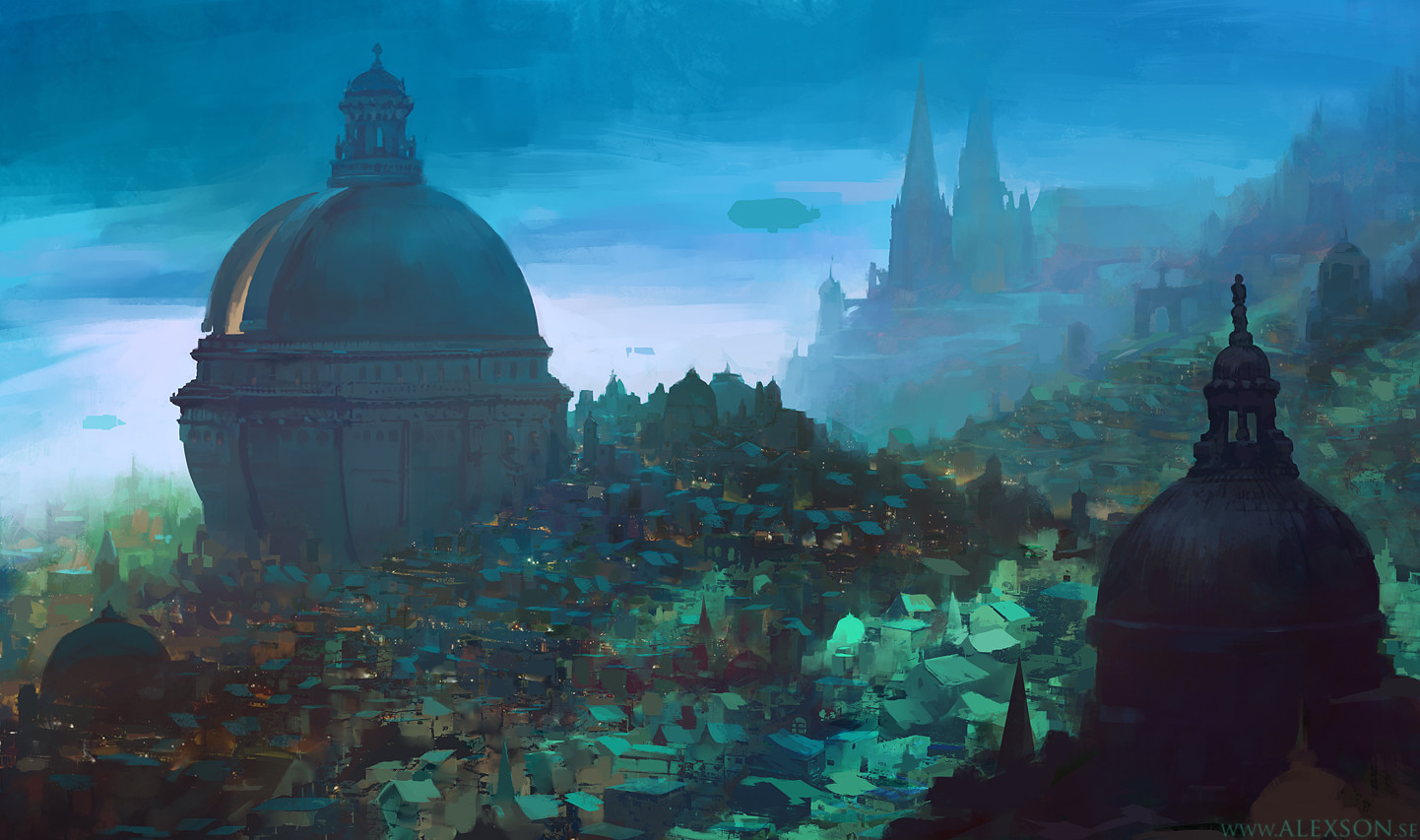
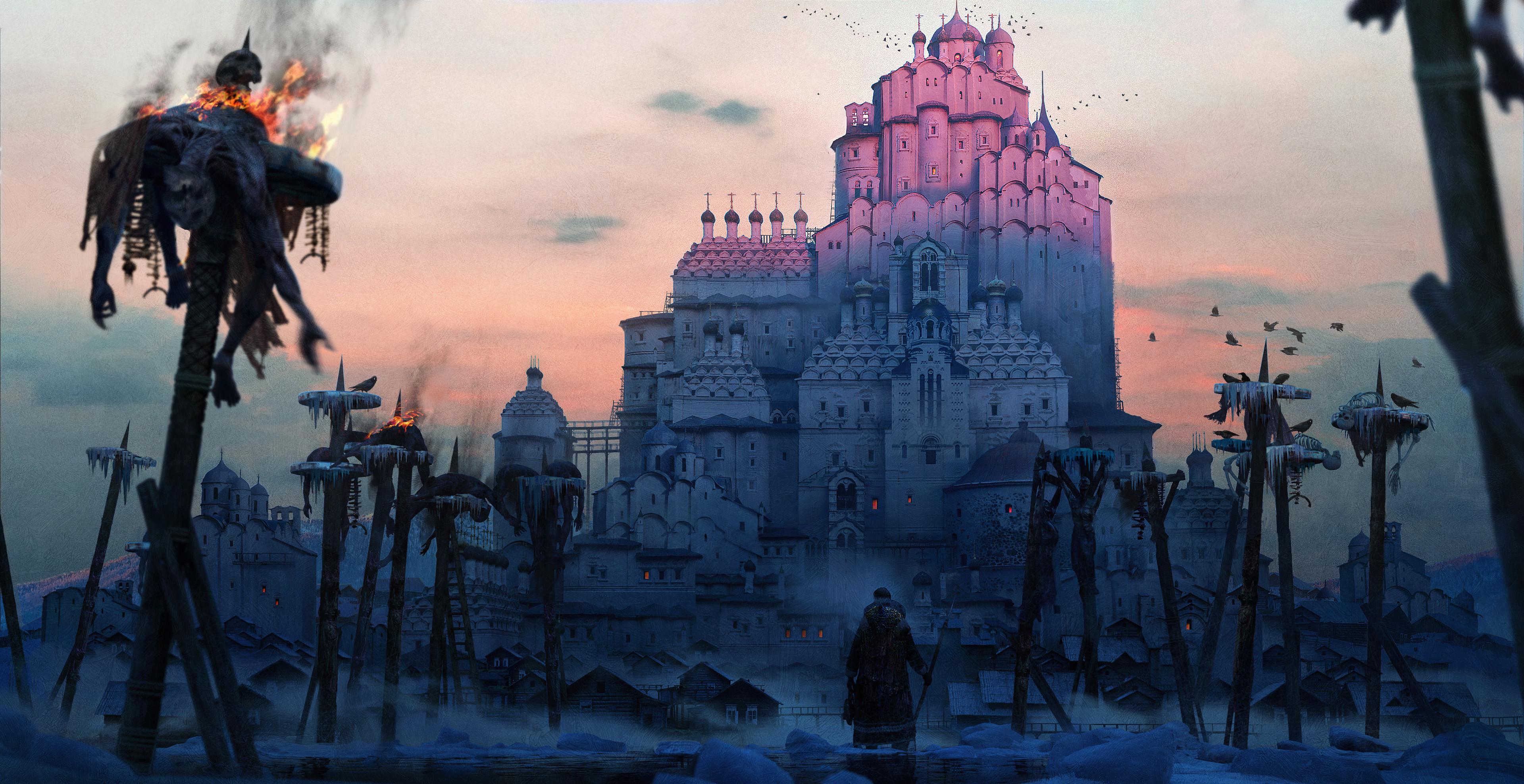
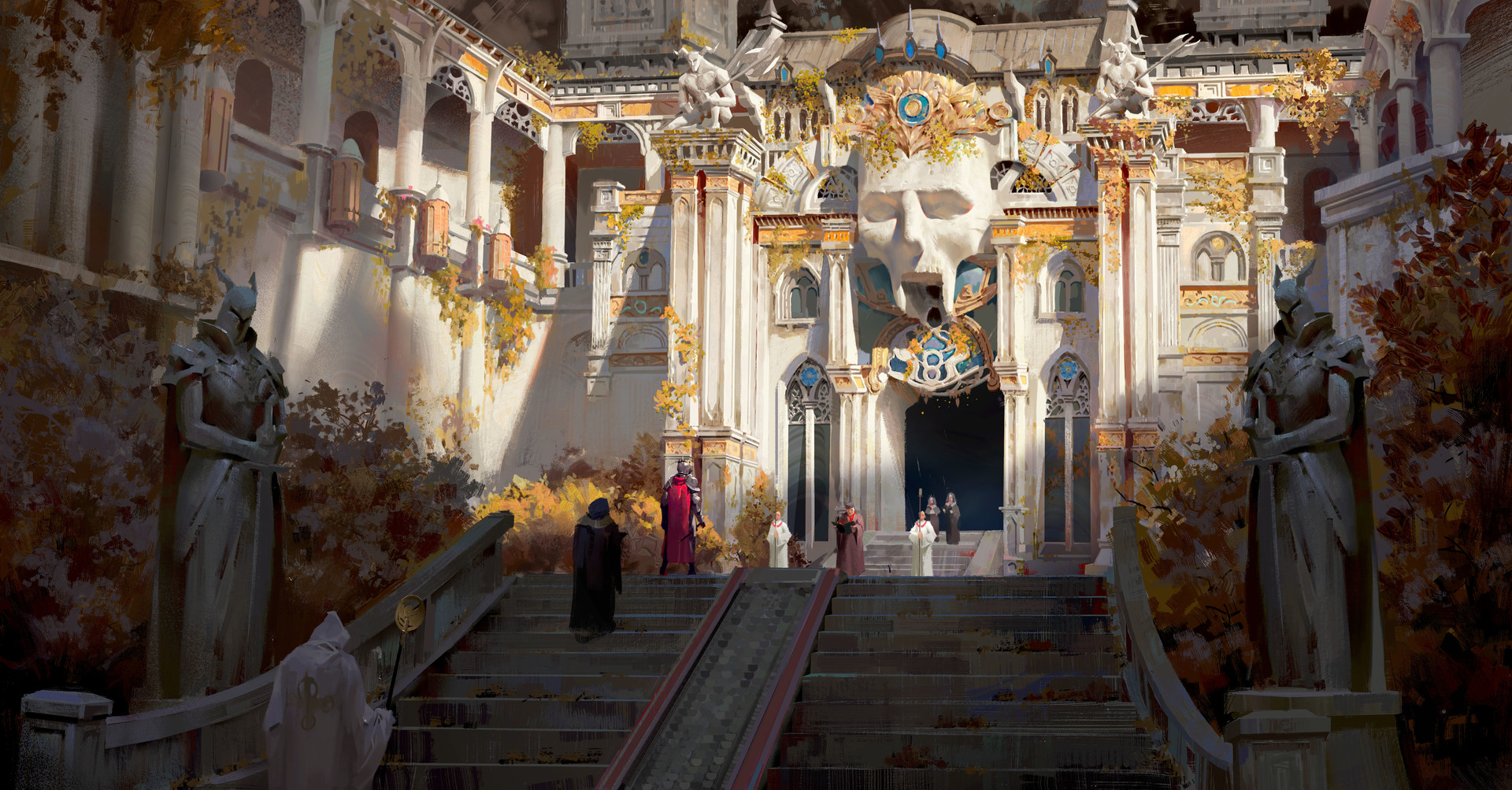
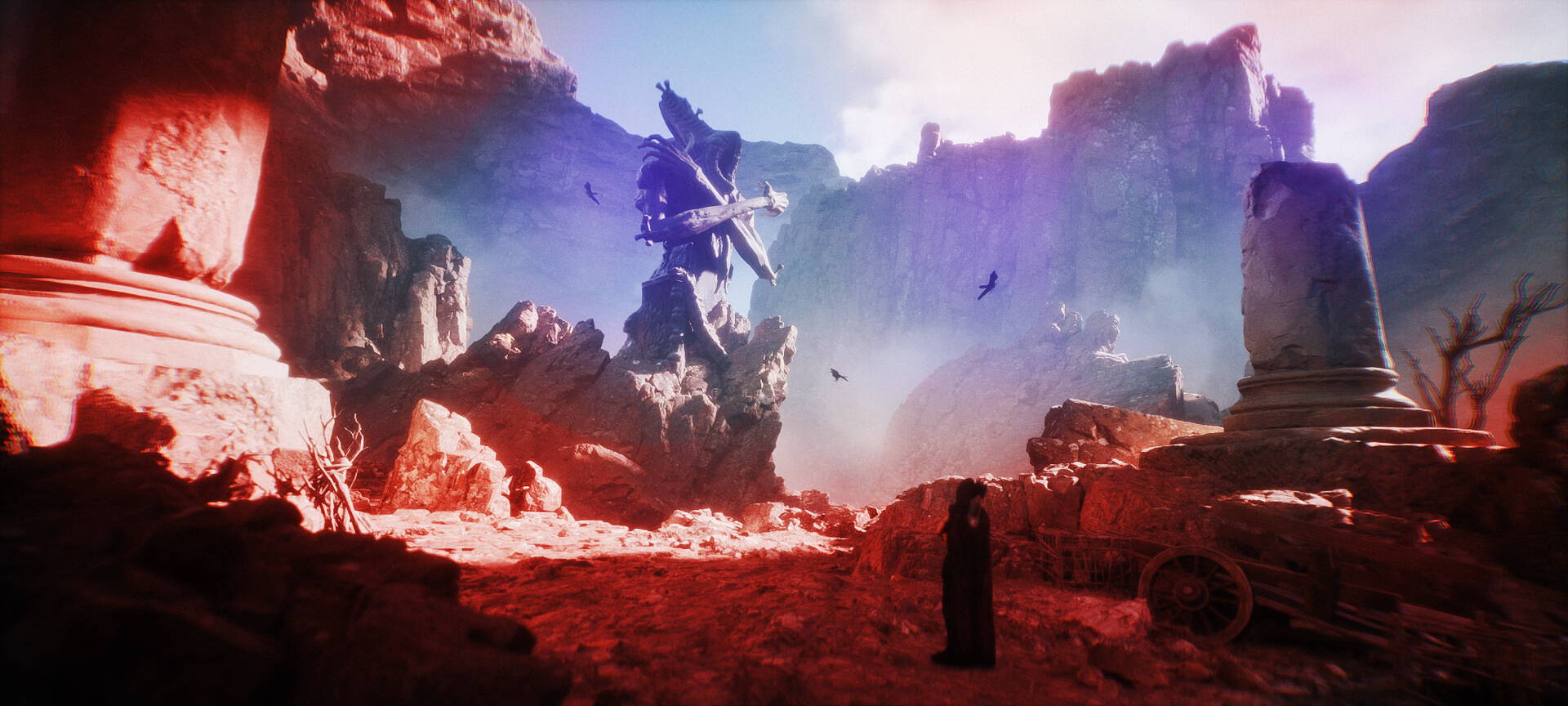
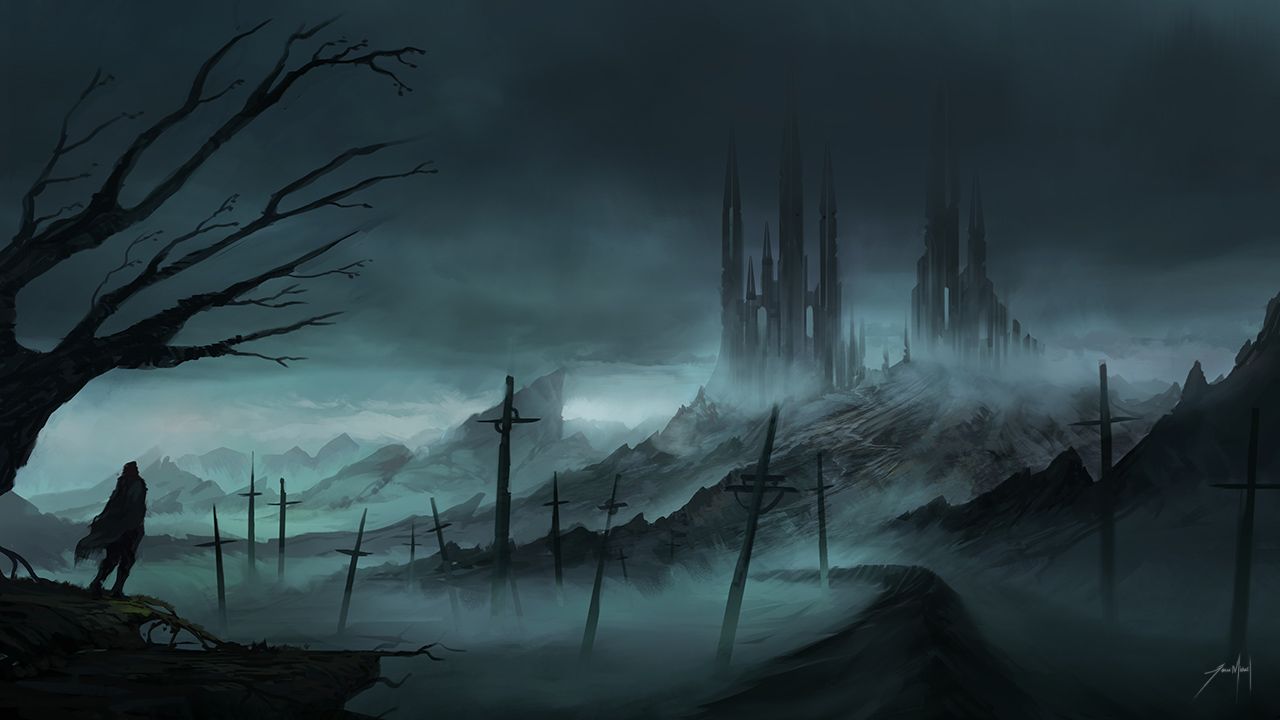
Comments